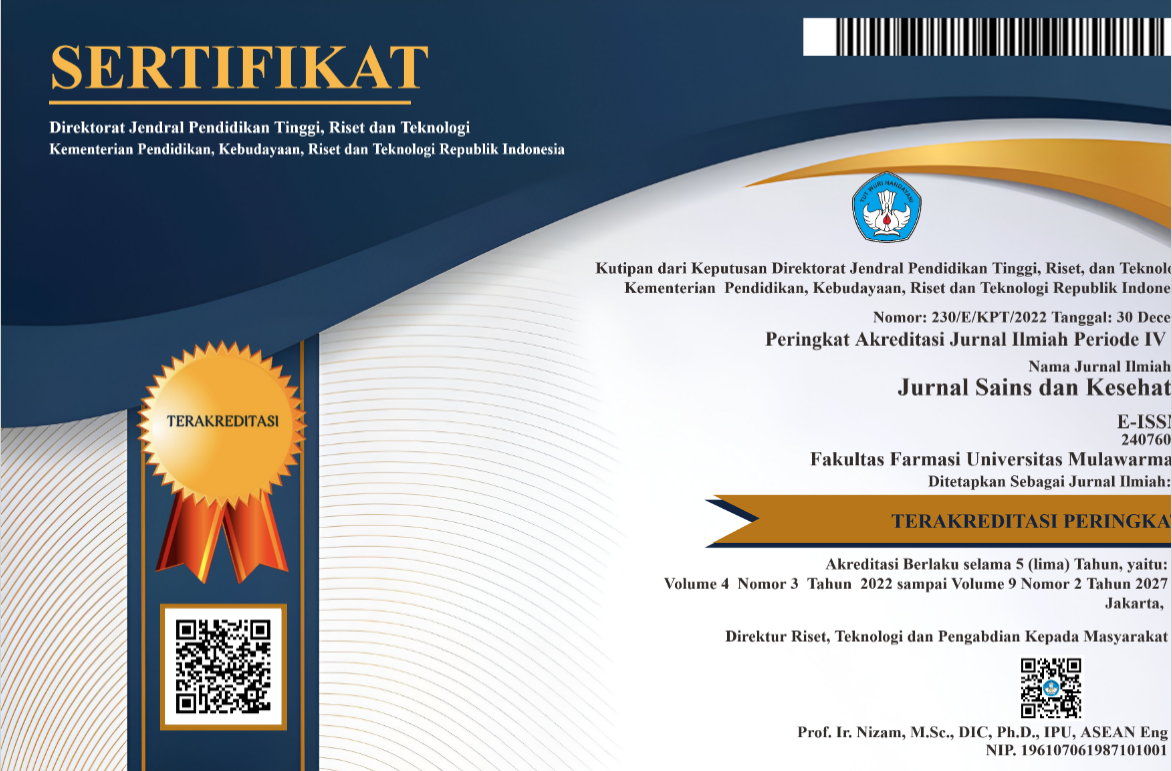Pengaruh Persepsi Tentang Advertorial Produk Kesehatan Di Koran Pada Sikap Konsumen
Keywords:
Advertorial, attitude, perceptionAbstract
Method of this research is survey which Gadjah Mada University (GMU) student that have read advertorial of healt product in newspaper as population. Method of sampling use purposive sampling. There are 3 variables in this research: perception of health product advertorial as independent variable while cognitive and affective response as dependent variables. All variables are measured using Likert scale. The primary data collected using questionnaires that given to 170 respondents. Validity and reliability of research instrument were tested using Confirmatory Factor Analysis and Alpha Cronbach’s. All hypotheses tested by using Linear Regression.
The finding of this research shown that perception of health product advertorial significantly influence cognitive and affective of consumer response . The influence perception of health product advertorial toward cognitive response of GMU student that read newpaper is 21,3% and the influence of health product advertorial toward affective response of GMU student that read newspaper is 8,7%. Another factors estimated influencing attitude toward the advertorial are individual education, attitude toward the brand previously, and level of individual involvement.
References
Cameron, G.T; Ju-Pak, K; dan Kim, B. (1996), “Advertorials in Magazines: Current Use and Compliance With Industry Guidelines,” Journalism and Mass Communication Quarterly, Vol. 73, No. 3, 722-733.
Dorbian, I. (2009), “Your Article Here: The Endless Advertorial Debate,” Min’s B2B, June 22, 2009.
Hair, J.F; Black, W.C; Babin, B.J; Enderson,R.E; dan Tatham, R.L. (2006), Mutivariate Data Analysis, 5th ed, Upper Saddle River: Pearson Education.
Hausknecht, D.R; Wilkinson, J.B; dan Prough, G.E. (1991), “Advertorial: Effective? Deceptive? Or Tempest in a Teapot?,” Akron Economic and Bussiness Review, Vol. 22, No. 4, 41-52.
Kotler, P. dan Keller, K. (2007a), Manajemen Pemasaran, edisi 12 Jilid 1, Jakarta: Penerbit Indeks.
Kotler, P. dan Keller, K. (2007b), Manajemen Pemasaran, edisi 12 Jilid 2, Jakarta: Penerbit Indeks.
Muehling, D.D. dan McCann, M. (1993), “Attitude Toward the Ad: A Review,” Journal of Current Issues and Research in Advertising, Vol. 15 No. 2, 25-58.
Peter, J. dan Olson J.C. (2000), Consumer Behavior, edisi 4 Jilid 2, Jakarta: Penerbit Erlangga.
Prounis, C. (2004), “The Art of Advertorial,” Pharmaceutical Executive, Vol. 24, No. 5, 152- 164.
Sekaran, U. (2006a), Metode Penelitian Untuk Bisnis, edisi 4 Jilid 1, Jakarta: Penerbit Salemba Empat. Pengaruh Persepsi tentang Advertorial Produk Kesehatan di Koran pada Sikap Konsumen Jurnal Sains dan Kesehatan. 2018. Vol 1. No 10. p-ISSN: 2303-0267, e-ISSN: 2407-6082 569
Sekaran, U. (2006b), Metode Penelitian Untuk Bisnis, edisi 4 Jilid 2, Jakarta: Penerbit Salemba Empat.
Schiffman, L.G. dan Kanuk L.K. (2000), Consumer Behaviour, 7 th ed, Upper Saddle River: Pearson Education.
Schlossberg, J. dan Canter, G. (2007), “The Advertorial Effect”, Pharmaceutical Executive, Vol. 27, No. 6, 104-106.
Teng, L; Laroche, M; dan Zhu, H. (2007), “The Effects of Multiple-ads and Multiple-brands On Consumer Attitude and Purchase Behavior,” Journal of Consumer Marketing, Vol. 24, No.1, 27–35.
Van Reijmersdal, E; Neijens, P; dan Smit, E. (2005), “Readers’ Reactions to Mixtures of Advertising and Editorial Content in Magazines,” Journal of Current Issues and Research in Advertising, Vol. 27, No. 2, 40-53.
Yi, Y. (1990), “Cognitive and Affective Priming Effects of the Context for Print Advertisements,” Journal of Advertising, Vol. 19, No. 2. 40-48
Downloads
Published
Issue
Section
How to Cite
Similar Articles
- Ni Nyoman Mestri Agustini, Made Kurnia Widiastuti Giri, Knowledge and Perception of Hebal Medicine Competencies Among First Year Medical Students , Jurnal Sains dan Kesehatan: Vol. 6 No. 1 (2025)
- Prisma Trida Hardani, Zahro Al Maulidiyah, Yolanda Camelia Imelda, Yurika Sastyarina, Muhamad Handoyo Sahumena, Rizal Adi Saputri, Intan Ayu Kusuma Pramushinta, Nadya Ambarwati, Asti Rahayu, Dewi Perwito Sari, Asri Wido Mukti, Nina Hidayatunnikmah, Ira Purbosari, Maulivia Idham Choliq, Pengaruh Kemudahan dan Kegunaan Penggunaan terhadap Sikap Penggunaan Aplikasi Telemidicine Diabestie , Jurnal Sains dan Kesehatan: Vol. 5 No. 3 (2023): J. Sains Kes.
- Yahya Indra Wijaya Asihanto, Rahmat Bakhtiar, Candra Ramadhanny, Asosiasi Usia, Jenis Kelamin, Masa Studi, dan Indeks Prestasi Kumulatif Terhadap Kepuasan Hidup , Jurnal Sains dan Kesehatan: Vol. 6 No. 1 (2025)
You may also start an advanced similarity search for this article.




